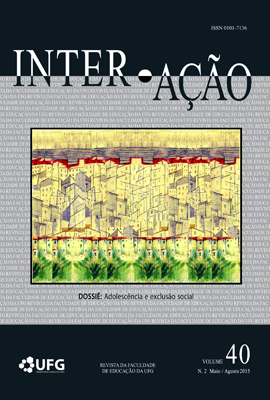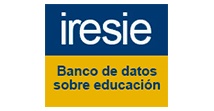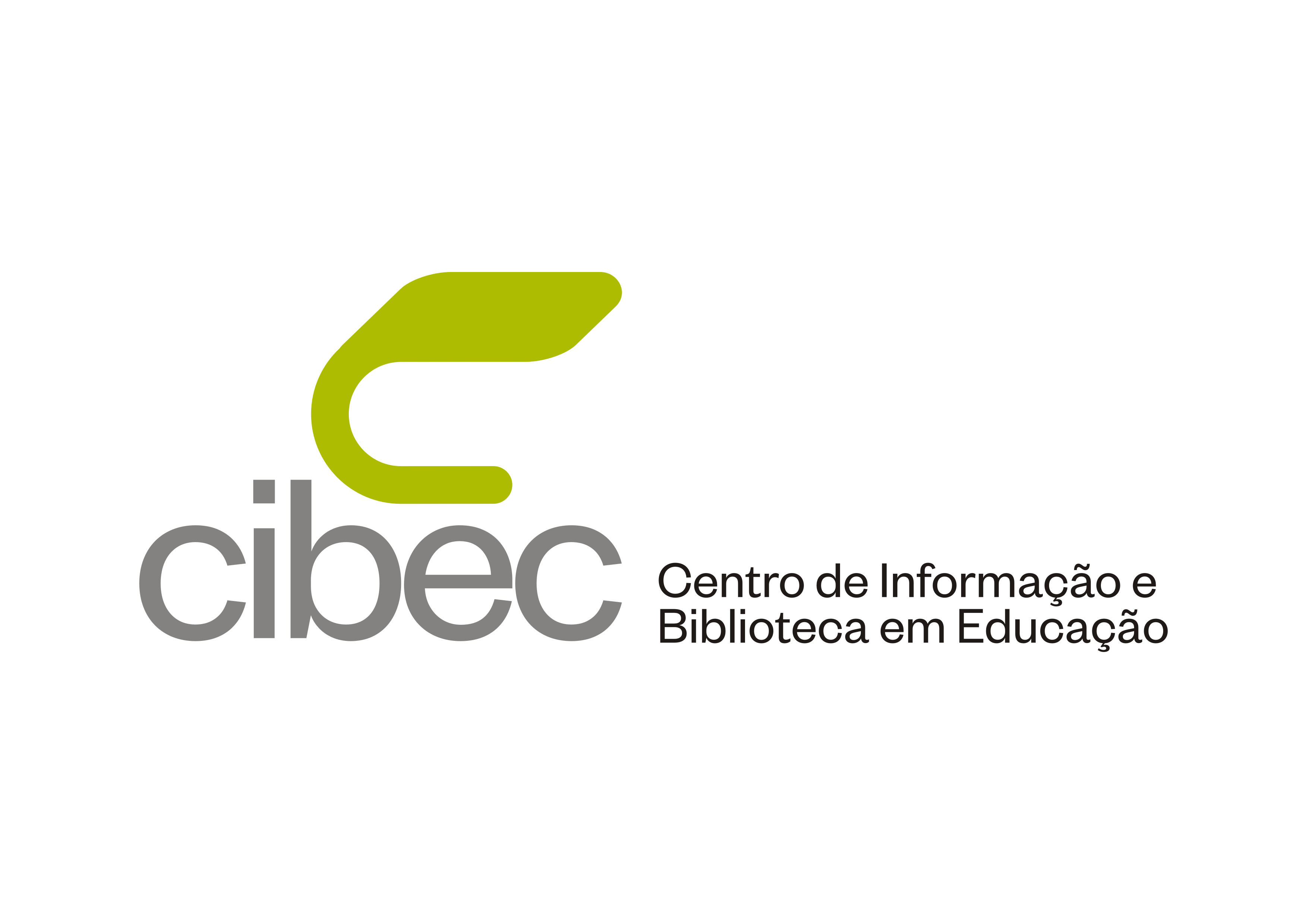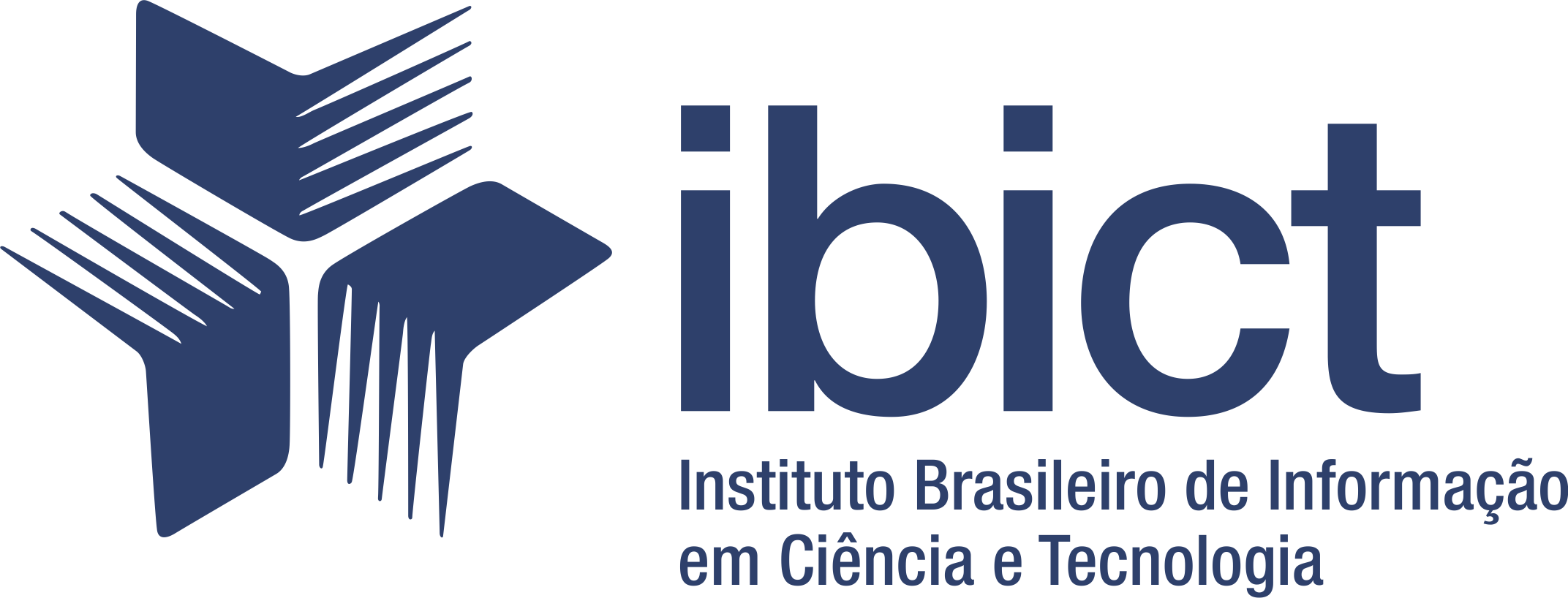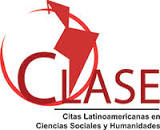O MITO DA IMPUNIDADE E O DISCURSO EM DEFESA DO REBAIXAMENTO DA IDADE PENAL
DOI:
https://doi.org/10.5216/ia.v40i2.32620Keywords:
Violência. Adolescência. Medida Socioeducativa. Idade Penal.Abstract
Neste artigo discutimos a construção do mito da impunidade do adolescente autor de ato infracional expresso nos discursos de políticos defensores do rebaixamento da idade penal. Paralelamente, buscamos, na narrativa de uma mãe, cujo filho “desapareceu” após o cumprimento de medida socioeducativa no Centro de Internação de Adolescentes (CIA), apreender as contradições da sociedade capitalista, cujas instituições não cumprem o papel de proteger a vida e, em contrapartida, propõem-se a punir aqueles que não se integram à ordem estabelecida. Nossas reflexões visam a desconstruir o discurso midiático veiculador da ideologia de que os adolescentes infratores, em razão de sua natureza “ruim”, merecem ser castigados.
Downloads
Downloads
Published
How to Cite
Issue
Section
License
Inter-Ação uses the Creative Commons Attribution 4.0 License for Open Access Journals (Open Archives Initiative - OAI) as the basis for the transfer of rights. Open access means making documents available on the Internet free of charge, so that users can read, download, copy, distribute, print, search, or link to the full text of documents, process them for indexing, use them as input data for software programs, or use them for any other lawful purpose, without financial, legal, or technical barriers.
Authors publishing in this journal agree to the following conditions:
1) Authors retain copyright and grant the journal the right of first publication, with the work simultaneously licensed under the Creative Commons Attribution License, which permits redistribution of the work with attribution and first publication in this journal.
2) Authors are permitted to enter into additional, separate agreements for non-exclusive distribution of the version of the work published in this journal (e.g., for publication in an institutional repository or as a book chapter), with attribution and first publication in this journal.
3) Authors are permitted and encouraged to publish and distribute their work online (e.g. in institutional repositories or on their home page) at any time before or during the editorial process, as this may generate productive changes as well as increase the impact and citation of the published work.

